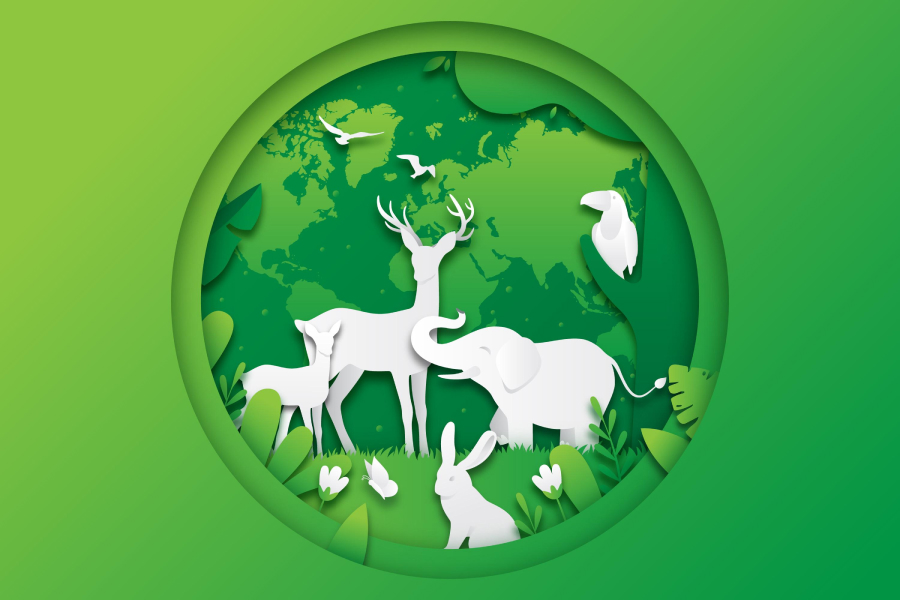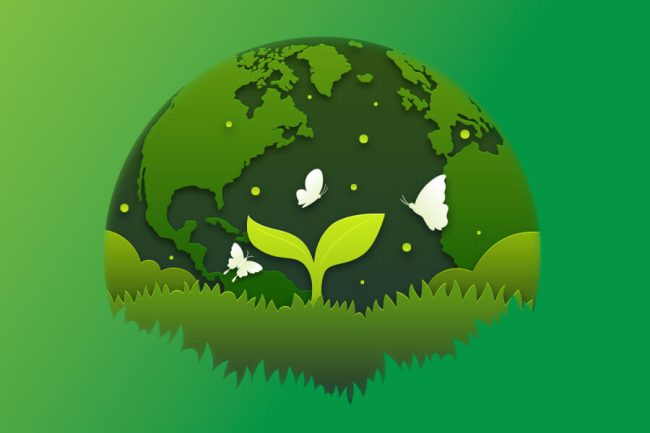Biodiversity is often a word we hear in discussions about nature and the environment, but what exactly does it mean, and why is it so important to our planet’s health?
Let’s break down what biodiversity is, explore its significance, and look at the threats it faces, what can be done to conserve it, and how global efforts are shaping the future of biodiversity.
Exploring Biodiversity: Why It’s Crucial for Our Planet
It is the incredible variety of life on Earth. It includes everything from the smallest microorganisms to the largest animals, plants, and even entire ecosystems. Think of it as the web of life, where every species, no matter how small, plays a role in keeping the balance of nature.
Without biodiversity, ecosystems would collapse. Every organism contributes to a healthy planet. But biodiversity isn’t just about the number of species; it’s about the variety of life at every level.
Defining Biodiversity
At its core, it refers to the diversity of life on Earth at all levels. It’s often broken down into three main categories:
- Genetic Diversity: This refers to the variety of genes within species. Genetic diversity is what allows species to adapt to changes in their environment, such as climate change or diseases. For example, certain strains of crops are more resistant to pests because of their genetic makeup, which helps ensure food security.
- Species Diversity: This is the variety of species that exist within an ecosystem. The more species present, the more stable and resilient the ecosystem. For example, a forest with diverse tree species is more likely to withstand disease or extreme weather conditions.
- Ecosystem Diversity: This refers to the variety of ecosystems in a particular region or across the globe, such as forests, oceans, wetlands, and grasslands. Each ecosystem provides essential services like water purification, climate regulation, and soil fertility.
Ecosystem Services Provided by Biodiversity
It plays an important role in providing what are known as “ecosystem services.” These services are the benefits that humans receive from nature, and they include:
- Pollination: Many plants, including food crops, rely on animals like bees and butterflies for pollination. Without biodiversity, this service would be at risk, which could lead to food shortages.
- Clean Water: Wetlands and forests help filter and purify water, making it safe for drinking.
- Climate Regulation: Diverse ecosystems like forests and oceans absorb carbon dioxide, helping to regulate the Earth’s climate and slow down global warming.
Without these natural services, humanity would face significant challenges in maintaining food security, clean air and water, and a stable climate.
Role of Biodiversity in Human Health
The benefits extend to human health in many ways. Nature has provided humans with countless remedies.
In addition, a diverse natural environment contributes to mental well-being. Studies show that spending time in biodiverse, green spaces can reduce stress and improve overall mental health.
Biodiversity and Climate Change Resilience
It also plays a critical role in helping ecosystems and human communities adapt to climate change.
Diverse ecosystems are more resilient to extreme weather events, such as droughts, floods, and storms.
For example, mangrove forests act as natural barriers, protecting coastal areas from storm surges, while healthy forests and grasslands can help absorb excess rainfall, reducing the risk of flooding.
Threats to Biodiversity
Human Activities Impacting Biodiversity
Unfortunately, human activities are the biggest threat to biodiversity. Deforestation, urbanization, and industrial agriculture are leading to habitat destruction, which directly impacts the species that depend on these ecosystems.
Pollution, overfishing, and the introduction of invasive species are also taking a toll on it.
For example, plastic waste in the oceans harms marine life, while overfishing disrupts aquatic ecosystems, leading to the decline of fish populations and other marine species.
The Effects of Habitat Loss and Fragmentation
Habitat loss is one of the primary causes of species extinction. As natural habitats are destroyed or fragmented by human development, species are often left without the resources they need to survive. Fragmentation makes it harder for species to find food, mate, or migrate, ultimately leading to population declines.
Conservation Strategies and Initiatives
Conserving biodiversity requires a multi-faceted approach. Strategies include protecting habitats, restoring degraded ecosystems, and implementing sustainable practices in agriculture and forestry.
One effective strategy is reforestation, where trees are replanted in deforested areas to restore ecosystems. Another approach is wildlife corridors, which connect fragmented habitats, allowing species to move freely between areas and access resources.
The Importance of Protected Areas
Protected areas, such as national parks and nature reserves, are critical for conserving biodiversity. These areas provide safe habitats for species to thrive, free from human interference.
In Spain, for example, national parks like Doñana and the Sierra Nevada protect a rich diversity of species, from endangered birds to rare plant species.
Global Efforts and Sustainable Development
International Agreements and Policies
Biodiversity conservation is a global effort. International agreements like the Convention on Biological Diversity (CBD) aim to protect species and ecosystems worldwide. Countries that have signed the CBD commit to creating policies that protect biodiversity and promote sustainable development.
Another crucial agreement is the Paris Climate Agreement, which indirectly supports biodiversity by addressing climate change, a major driver of species loss.
Biodiversity’s Role in Sustainable Development Goals
The United Nations’ Sustainable Development Goals (SDGs) highlight the importance of biodiversity in achieving a sustainable future.
SDG 14 focuses on conserving life below water, while SDG 15 addresses life on land. Protecting biodiversity is essential to achieving these goals and ensuring a healthy planet for future generations.
Conclusion
Biodiversity is more than just a buzzword; it’s the foundation of life on Earth. From the air we breathe to the food we eat, biodiversity touches every aspect of our lives. Protecting and conserving biodiversity is essential, not just for the health of the planet, but for the survival of humanity itself.
As we face unprecedented challenges from climate change, habitat loss, and pollution, the need to prioritize biodiversity conservation has never been more urgent. Through global efforts, protected areas, and sustainable practices, we can help ensure that the rich tapestry of life on Earth continues to thrive for generations to come.
FAQs
What is the variety of life on Earth and why is it so important?
The variety of life on Earth encompasses all living things—plants, animals, microorganisms, and the ecosystems they create. This diversity is crucial because it supports the natural processes that keep our environment healthy, contributes to human well-being, and helps us adapt to changes in climate.
What is a simple definition of Earth’s life diversity?
Life diversity refers to the wide range of living organisms on our planet, including everything from trees and animals to tiny organisms like bacteria, and the different environments they live in.
What are the value and benefits of this life diversity?
The richness of life on Earth provides essential services such as pollination of crops, clean water, climate regulation, and is vital for food security and human health.
What are the 5 key reasons why nature’s variety is important?
- Helps maintain balanced ecosystems
- Provides essential natural resources
- Regulates our climate and weather patterns
- Enhances human health through clean air, water, and food
- Boosts the economy through sustainable practices and ecotourism





